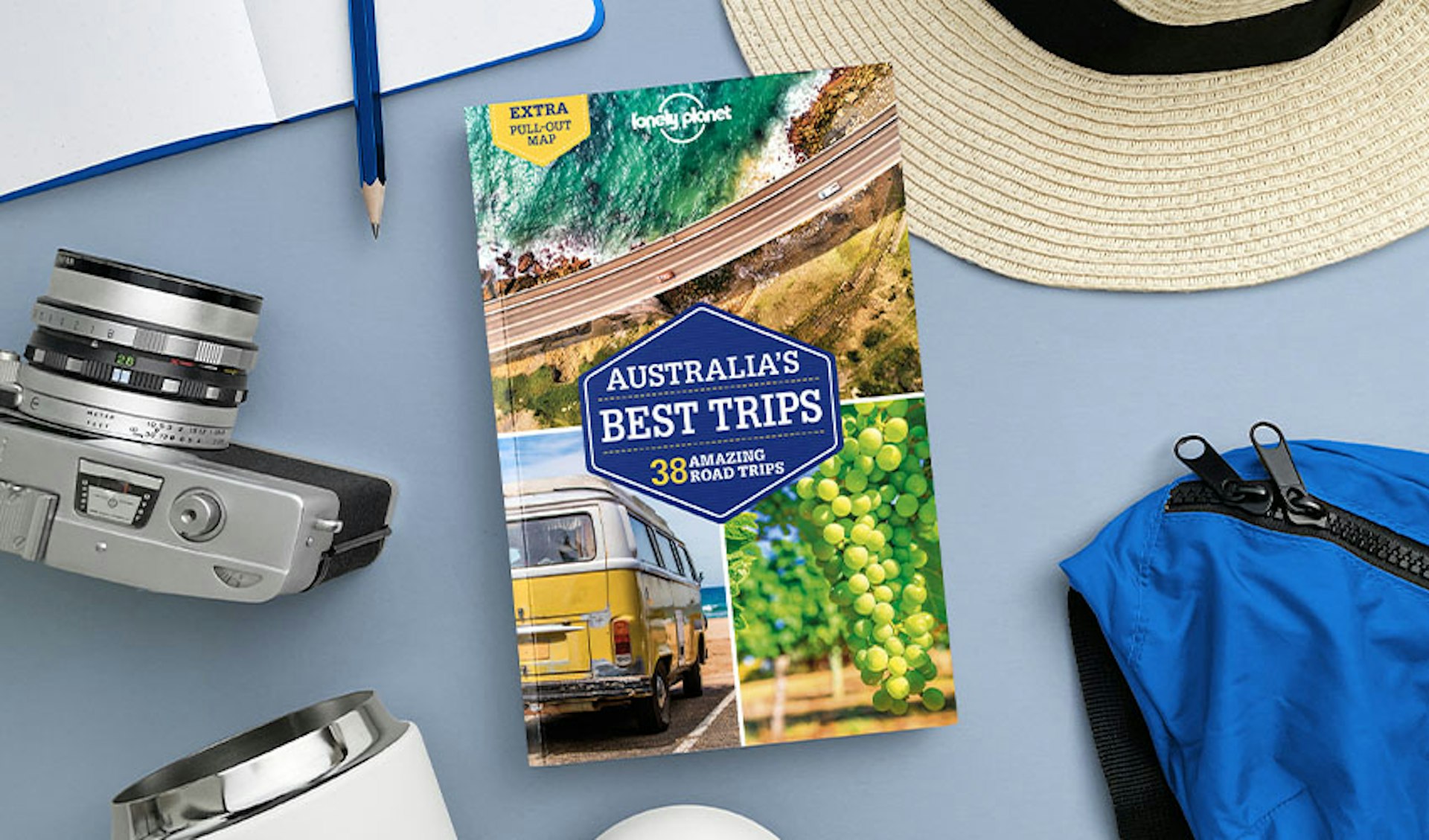Like much of the world, Australia is grappling with labor shortages after it reopened its borders to the outside world in 2022.
But in contrast to other countries, the Australian government’s response to the crisis – to ramp up the number of working-holiday visas, raise the age limit for some holiday makers and to extend the time you can work with one employer – is great news for travelers thinking of taking a gap year in 2023.
And there could be even more good news in the offing this year, with a proposal on the table to raise the working-holiday visa to 50 years of age, which would help plug skills gaps, especially in management level roles.
Fancy spending a year or two living, working and traveling in Australia in 2023? Read on.
How long does it take to get a working-holiday visa?
Provided you have an up-to-date passport, satisfy the age requirement (which varies by citizenship), have some savings, and meet the health and character requirements for a Working Holiday visa, you can apply immediately.
As long as you have all the necessary documentation ready, visa approvals often get turned around in less than a day.

How long can I work in Australia for?
Australian immigration minister Andrew Giles just announced that working-holiday travelers can continue to work for a single employer for the length of their 12-month visa, increasing the former maximum of six months.
This is a boon for backpackers: under the prior timeframe, some employers were reluctant to train working-holiday staff, knowing they would lose them after just six months. This change to the visa rules will remain in place until mid-2023.
If, however, you want to extend your initial Australian Working Holiday visa for a second year (and even a third year), you do need to do at least 12 weeks in a specified industry and/or region. These are where workers are most needed in Australia: farming, fisheries, construction or remote-area tourism gigs.
In a further enticement, the Australian Chamber of Commerce and Industry’s tourism group is encouraging employers to stump up the visa fees (AU$510) for workers willing to fly over and fill job vacancies.
What jobs are there?
Matthew Heyes of Backpacker Job Board, Australia’s largest recruitment website for working-holiday makers, says, “Job opportunities for working-holiday makers are widespread, covering a range of different sectors. There are fruit-picking…and other agricultural-based [jobs], which are really popular because these roles contribute to the second- and third-year visa-extension program. The roles are also seasonal and offer the opportunity to earn well while the seasons are high.
“Other cornerstones of backpacker employment include au pair work, plus sales and marketing positions as well as other broader hospitality jobs.”
A strong Australian dollar is another key incentive for workers who might be seeing their local currency tanking. Work hard enough and save well, and you could go home with some major dollars in the bank –that is, if you don’t spend it all having the time of your life traveling around Australia.
.jpg?auto=format&q=75&w=1920)
What do I do if I’m over 30?
The proposal to extend the maximum age for the Working Holiday visa to 50 has certainly piqued a lot of interest. The mid-career sabbatical – sometimes called an “adult gap year” – was already gaining traction before the pandemic. Since the rise of remote work, a number of countries have started to offer “digital nomad” visas to induce these online workers to call their cities home.
But the global shutdown also saw a lot of people reviewing what is important in life. Taking a year out from an established career to work, travel and meet new people is just the kind of radical change many now crave in place of being tied to a screen all day.
Matthew Heyes sees the potential. “It will completely change what it is to be a backpacker,” he says. “No longer will it be confined to the youth travel market. We could see a more diverse profile of traveler in Australia’s adventure travel sector. I believe this could be a huge win for Australia.
“If it goes ahead, it will also introduce a workforce to Australia who have a broad wealth of skills and qualifications. Their career experience would benefit the Australian economy.”
Doing something really different – whether working outside or in a public-facing role – somewhere as friendly, safe and beautiful as Australia could be the adventure of a lifetime. No matter your age.



